
William Walker was an American physician, lawyer, journalist, and mercenary. In the era of the expansion of the United States, driven by the doctrine of "manifest destiny", Walker organized unauthorized military expeditions into Mexico and Central America with the intention of establishing colonies. Such an enterprise was known at the time as "filibustering".
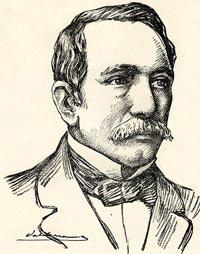
Narciso López de Urriola was a Venezuelan-born adventurer and Spanish Army general who is best known for his expeditions aimed at liberating Cuba from Spanish rule in the 1850s. His troops carried a flag that López had designed, which later became the flag of Cuba. Following his final failed attempt he was captured and garroted in Havana.
A filibuster, also known as a freebooter, is someone who engages in an unauthorized military expedition into a foreign country or territory to foster or support a political revolution or secession. The term is usually applied to United States American citizens who incited rebellions / insurrections across Latin America with its recently independent but unstable nations freed from Royal control of the Kingdom of Spain and its Spanish Empire in the 1810s and 1820s. Particularly in the mid-19th century, usually with the goal of establishing an American-loyal regime that could later be annexed into the North American Union as territories or free states, serving the interests of the United States. Probably the most notable example is the Filibuster War initiated by William Walker (1824–1860), in the 1850s in Nicaragua and Central America.
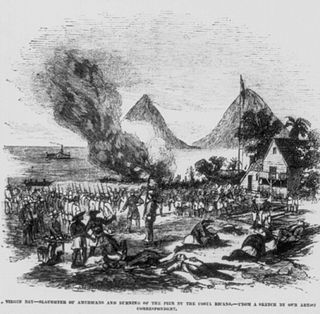
The Filibuster War or Walker affair was a military conflict between filibustering multinational troops stationed in Nicaragua and a coalition of Central American armies. An American mercenary, William Walker, and his small private army were invited to Nicaragua in 1855. He seized control of the country by 1856, but was ousted the following year.
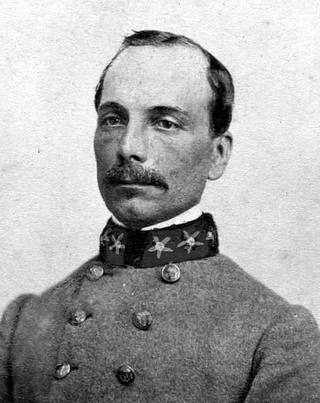
Ambrosio José Gonzales was a Cuban revolutionary general who became a colonel in the Confederate Army during the American Civil War. Gonzales, as a revolutionary, wanted the United States to annex Cuba.

USS De Soto was a fast wooden-hulled sidewheel steamship that saw service as a U.S. Navy gunboat during the American Civil War.
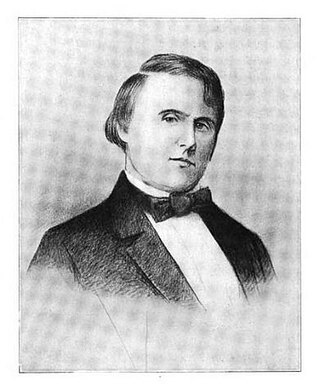
Colonel William Logan Crittenden (1823–1851) was a United States Army officer who fought in the Mexican–American War and later accompanied Narciso López's 1851 filibustering Lopez Expedition in Cuba. He was captured by Spanish forces and executed in Havana on August 16, 1851.

The Lopez Expedition of 1851 was an attempt led by Narciso López to invade and seize control of Cuba which was then part of the Spanish Empire. The force comprising 420 Cuban emigres and American volunteers landed in western Cuba, where the invaders were defeated and captured by the Spanish forces. López and many of the other prisoners were executed. It was part of a string of filibustering raids launched from American territory during the era, in violation of the Neutrality Act.

The Cuban Junta was a group of Cuban nationalists that advocated for Cuban independence before and during the Spanish-American War. The Junta was primarily made up of naturalized Cubans located in the United States. The main goal of the Junta was to free Cuba from the Spanish Empire by securing financial and military aid from the United States. The Junta used the American press as a device to distribute propaganda on Spanish rule in Cuba, fostering support among American citizens. The deciding factor that sent the United States into the Spanish-American War was the publication of the De Lôme Letter by the revolutionaries of the Cuban Junta. The letter was written by the Spanish ambassador to the United States, Enrique Dupuy de Lôme, and was very critical of President William McKinley The publication of the letter heightened tensions between the United States and Spain, and President McKinley was forced to confront Spain; he did so in demanding that Cuba be granted independence, which resulted in the beginning of the Spanish-American War on April 21, 1898.

Julio Grave de Peralta y Zayas was a Cuban army general who was killed in combat during the Ten Years' War.
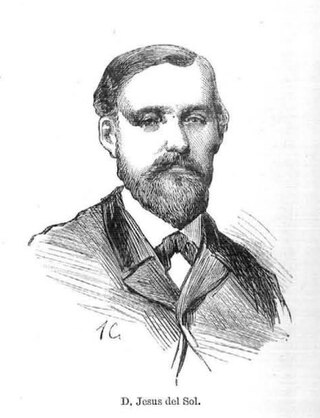
Jesús del Sol was a Cuban statesman and high-ranking Cuban military figure who was executed in the Virginius Affair during the Ten Years' War.

Bernabé Varona, also known as Bembetta, was a Cuban revolutionary and mambí General who was executed during the Ten Years' War in 1873.
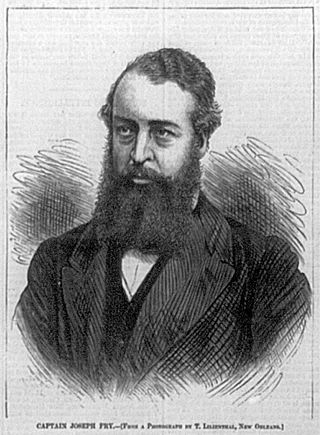
Joseph Fry was a former U.S. Naval Officer, Confederate Civil War veteran, and commander of the ill-fated Virginius.

William A.C. Ryan, also known as William Albert Charles Ryan was a Canadian-born Civil War veteran and mambí colonel who was executed in the Virginius Affair during the Ten Years' War.

Gaspar Betancourt y Cisneros, also known as "El Lugareño", was a Cuban revolutionary, writer, and pioneer of Cuban journalism.

Manuel de Quesada y Loynaz was a Cuban revolutionary and the first General-in-Chief of the Cuban Liberation Army who fought against Spain in the Ten Years' War.
José de Valera was a high-ranking Spanish military figure who distinguished himself in Cuba's Ten Years' War.

Miguel Aldama was a Cuban revolutionary, merchant, and politician.
Pablo García Menocal was a Cuban military officer, statesman, and a former quartermaster of the Cuban Rural Guard.
This is a list of participants in the Walker affair, an occupation of Nicaragua by American mercenary William Walker and his followers and supporters. It includes those who joined him in Nicaragua and those who supported the campaign from the United States.

















